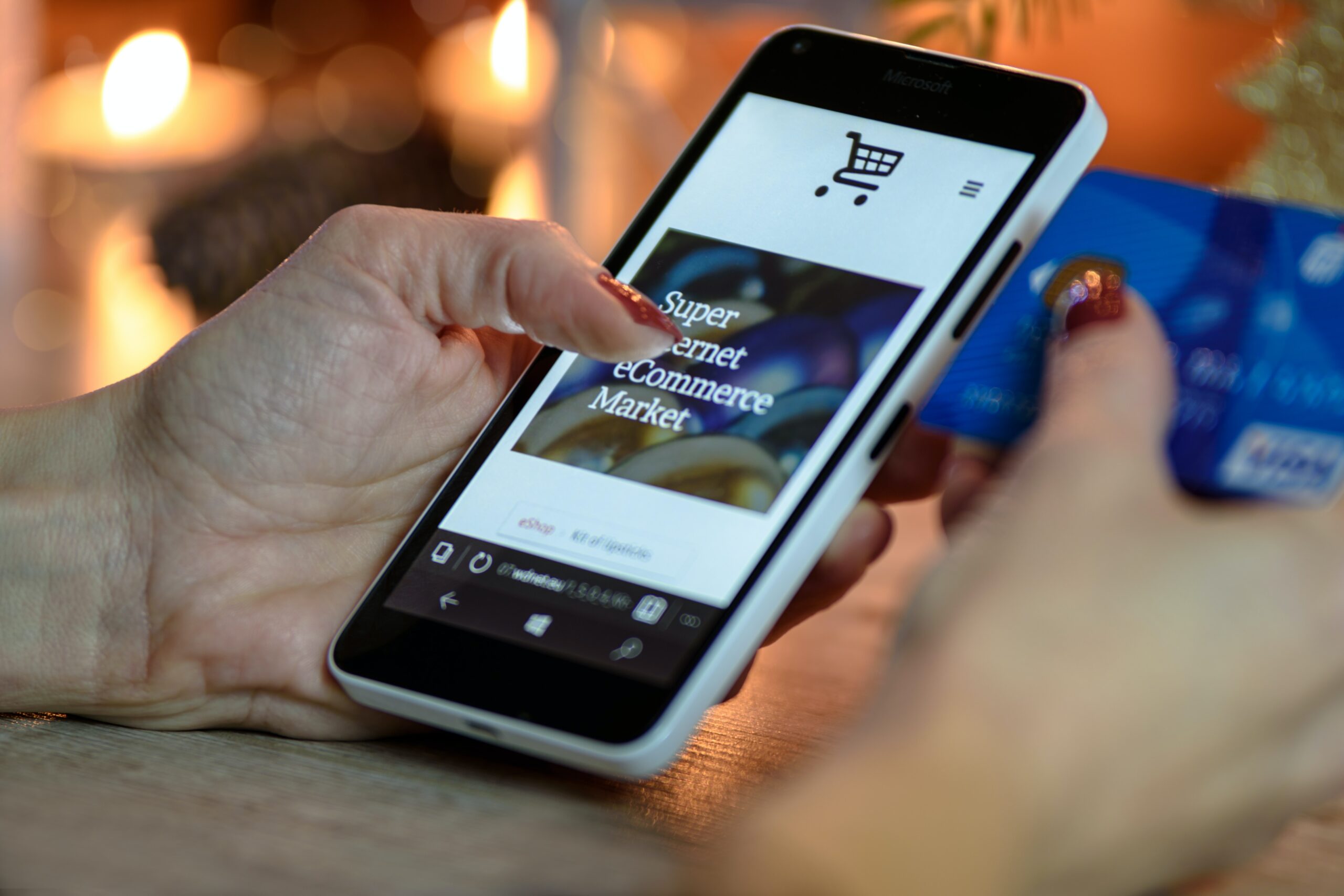In today’s digital landscape, influencer marketing has emerged as a powerful strategy for businesses looking to enhance their online presence and drive traffic to their websites and mobile apps. By partnering with influencers who have a loyal following, brands can reach new audiences and build credibility more effectively. In this blog, we will explore how to leverage influencer marketing to promote your website and mobile app successfully.

xr:d:DAFGC_pdPt0:6,j:31012479432,t:22071817
Table of Contents
Toggle1. Define Your Goals
Identify Your Objectives
Before diving into influencer marketing, it’s crucial to define what you aim to achieve. Your goals could include:
- Increasing website traffic: Attracting more visitors to your site.
- Boosting app downloads: Encouraging users to download your mobile application.
- Enhancing brand awareness: Building recognition and trust for your brand.
- Driving conversions: Encouraging users to take specific actions, such as signing up for a newsletter or making a purchase.
Set Measurable KPIs
Once you have defined your goals, establish key performance indicators (KPIs) to measure your success. KPIs can include metrics like website visits, app downloads, engagement rates, and conversion rates.
2. Identify the Right Influencers
Research Potential Influencers
To ensure a successful campaign, find influencers who align with your brand values and target audience. Consider factors such as:
- Niche and relevance: Look for influencers within your industry or niche.
- Audience demographics: Analyze the influencer’s audience to ensure it matches your target demographic.
- Engagement rates: Focus on influencers with high engagement rates rather than just follower counts.
Use Influencer Marketing Platforms
Platforms like AspireIQ, Upfluence, and Influencity can help you identify potential influencers based on your criteria. These tools can streamline the process of finding and vetting influencers.
3. Develop a Compelling Campaign Strategy
Choose the Right Type of Campaign
Influencer marketing campaigns can take various forms, including:
- Sponsored content: Pay influencers to create content featuring your website or app.
- Product reviews: Provide influencers with your product or app to review and share their honest opinions.
- Giveaways and contests: Collaborate with influencers to host giveaways that encourage their followers to engage with your brand.
- Affiliate marketing: Set up affiliate partnerships where influencers earn a commission for driving traffic or sales through unique links.
Create Engaging Content
Collaborate with influencers to develop content that resonates with their audience while effectively promoting your brand. Ensure the content highlights the benefits of your website or app, includes clear calls to action, and aligns with the influencer’s style.
4. Foster Authentic Relationships
Personalize Your Outreach
When reaching out to influencers, personalize your messages to demonstrate genuine interest in their work. Explain why you believe they would be a good fit for your brand and how your collaboration could benefit both parties.
Maintain Open Communication
Once you have partnered with influencers, maintain open lines of communication. Provide them with the necessary resources, such as brand guidelines, key messages, and any promotional materials. Encourage feedback and collaboration throughout the campaign.
5. Leverage Different Platforms
Utilize Multiple Social Media Channels
Influencers often have a presence on various platforms, including Instagram, TikTok, YouTube, and Twitter. Depending on your target audience, consider diversifying your campaign across multiple channels to maximize reach.
Experiment with Content Formats
Different platforms favor different content formats. For instance, Instagram Stories and Reels are effective for quick, engaging content, while YouTube allows for more in-depth reviews or tutorials. Tailor your approach to suit the platform and audience preferences.
6. Monitor and Analyze Campaign Performance
Track Engagement Metrics
Use analytics tools to track the performance of your influencer marketing campaign. Monitor metrics such as:
- Traffic to your website: Use Google Analytics to assess changes in website traffic from influencer posts.
- App downloads: Analyze download data from your app store or tracking tools to evaluate the effectiveness of your campaign.
- Engagement rates: Look at likes, shares, comments, and overall engagement on influencer posts.
Evaluate Return on Investment (ROI)
Calculate the ROI of your campaign by comparing the revenue generated from the campaign against the costs incurred (e.g., influencer fees, product costs). This analysis will help you assess the effectiveness of your influencer partnerships.
7. Iterate and Optimize Future Campaigns
Learn from Each Campaign
After analyzing your campaign performance, gather insights into what worked well and what didn’t. Use this information to refine your strategy for future influencer marketing efforts.
Continue Building Relationships
Maintain relationships with successful influencers for potential future collaborations. Nurturing these connections can lead to more authentic and fruitful partnerships over time.
Conclusion
Influencer marketing is a powerful tool for promoting your website and mobile app. By defining your goals, selecting the right influencers, creating engaging content, and analyzing campaign performance, you can effectively reach new audiences and drive traffic to your digital platforms. With the right approach, influencer marketing can significantly enhance your brand’s visibility, credibility, and overall success in the competitive online landscape. Start leveraging this dynamic marketing strategy today to elevate your business!


No responses yet